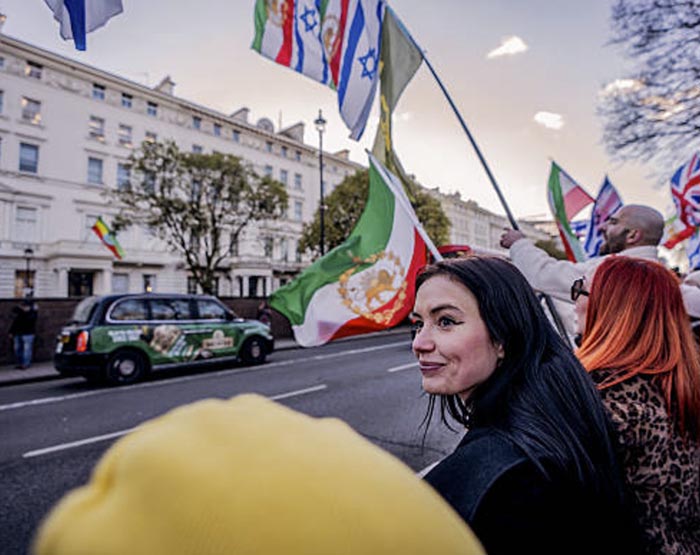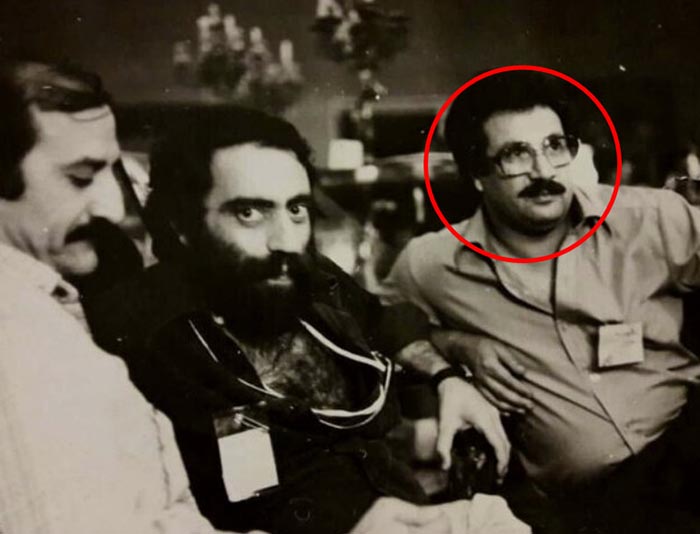More stories
RESPONSIVE AD
Economic Turmoil: Understanding the Rise in Edible Oil Prices Amidst Inflation and Sanctions
Introduction In recent months, Iran has found itself at the epicenter of an economic crisis that has left millions of … Continue reading ➝
Nicolás Maduro Guerra: The Prince of Venezuelan Politics and His Controversial Legacy
Introduction Nicolás Maduro Guerra, often referred to by his nickname “Prince,” is the only son of Nicolás Maduro, the current … Continue reading ➝
The Evolution of Soudabeh Beizaei: A Journey Through Cinema
Introduction Soudabeh Beizaei is a prominent figure in Iranian cinema and television known for her versatility as an actress documentary … Continue reading ➝
Rallying for Freedom: The Protests and the Fight Against Oppression in London
Introduction In the heart of London, a powerful rally unfolded on January 3, 2026, as Iranian demonstrators gathered outside the … Continue reading ➝
Saeed Pirdoost: A Tribute to the Beloved Actor Who Passed Away at 85
Introduction Saeed Pirdoost, a name synonymous with Iranian cinema, passed away at the age of 85, leaving behind a rich … Continue reading ➝





